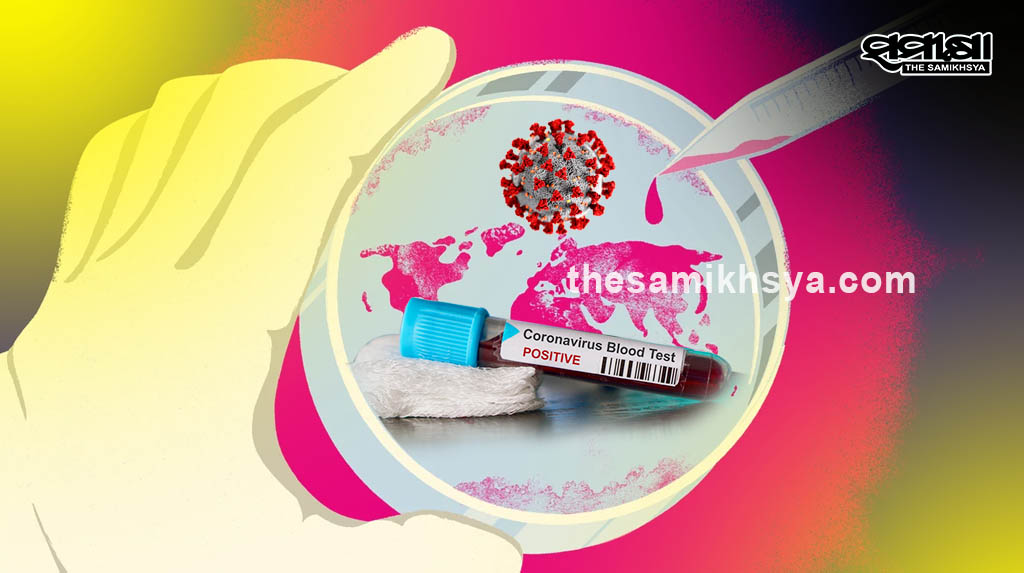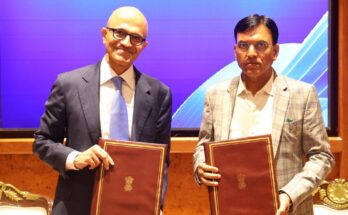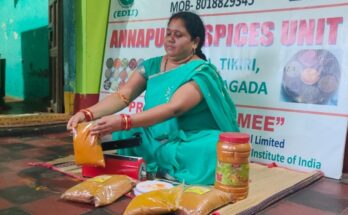New Delhi: India, which has seen over 4 lakh Covid-19 cases by now, would record over 6 lakh cases by July 1 and the numbers are set to increase further as a systematic plan and implementation has not happened in India in a uniform manner to control the spread of the virus, a top Indian-origin researcher from University of Michigan in the US has stressed.
In an interview with IANS, Bhramar Mukherjee, who is professor and chair of biostatistics at the University of Michigan’s School of Public Health, said the country needs more rapid testing at this juncture to flatten the virus curve.
“India has tested about 0.5 per cent of its population whereas the median level worldwide is around 4 per cent of the population. We are not going to get there very quickly; from 6 million tests to 54 million tests will take a long time. So we need alternatives to RT-PCR testing,” she emphasised.
“We need symptom surveillance, temperature check, oxygen check, maintaining symptom and contact diaries in the absence of hi-tech or expensive strategies. We need a large population-based sero-survey to get an idea what fraction of people have indeed been infected,” Mukherjee noted.
Despite India’s drastic nine-week shutdown with subsequent relaxations in restrictions, the country now has the fourth-largest number of coronavirus cases in the world.
“In other countries, the pattern post-lockdown has shown that within 3-4 weeks maximum you’ve seen the new active cases going down. Unfortunately, in India, the national curve has not shown this. A big reason is the state-level heterogeneity. We have slowed the virus down, but have not eradicated it,” she stressed.
The country now has a total of 4,10,461 coronavirus cases, and nearly 15,000 new cases are being reported daily – the highest spike of new cases to date.
According to her, the more important question is — have we used the lockdown period to set up our testing and treating infrastructure?
“Regardless of when you reopen there will be a surge. I do not think India can eradicate the disease like New Zealand. So, we need strategies to manage the number of cases. If Dharavi slum in Mumbai can flatten the curve — where the odds were so high against implementing successful social-distancing interventions — I am sure this is achievable elsewhere,” she told IANS.
She sees the Covid-19 disease moving from the West to the East, with the increased mobility and movement of the migrant workers it has spread.
“My feeling is the populated states will go through their cycles and that is why the concept of a national peak is nebulous. We will have to manage and mitigate our own risks, wear masks, wash hands and go out only for essentials,” said Mukherjee.
This is a long haul and whenever we reopen the nation, we will need very solid plans to control the surge so that the hospital system is not overwhelmed and the death toll does not increase, she added.
She does not support a re-lock without fully understanding the achievable goals and metrics.
“Lockdown is not a cure, not a magic potion. We cannot hide behind the shield of lockdown perpetually. We may need modulated, punctuated lockdowns in emerging hotspots to manage the healthcare needs if the situations get dire,” the researcher noted.
Right now, India needs PPE, beds, oxygen, ventilators and Covid treatment facilities in current hotspots and future ones.
“We have to be high alert in every state, cannot lose control and let the guard down. Hopefully, with personal minimisation of risks and mitigation, we would not need a stringent mandatory lockdown,” she said.




